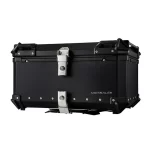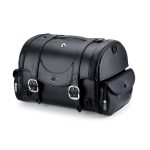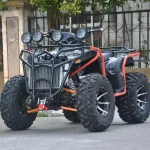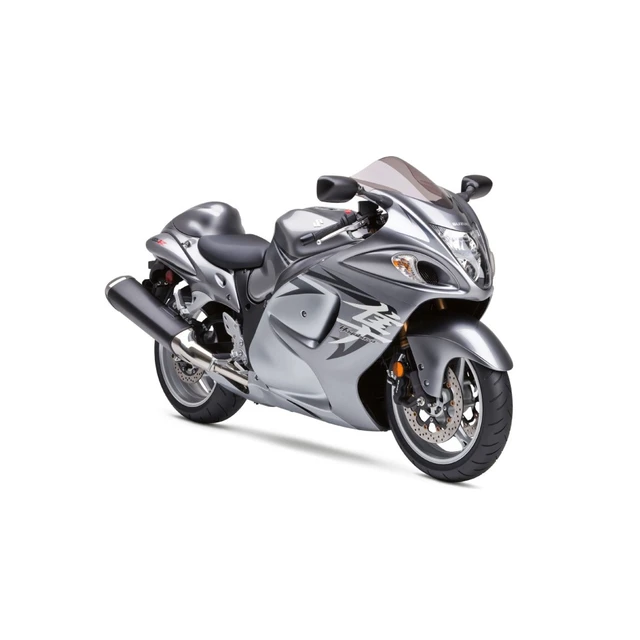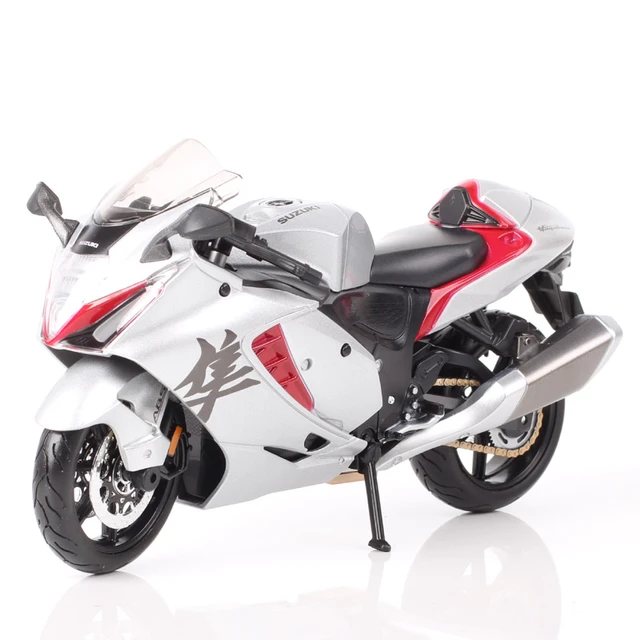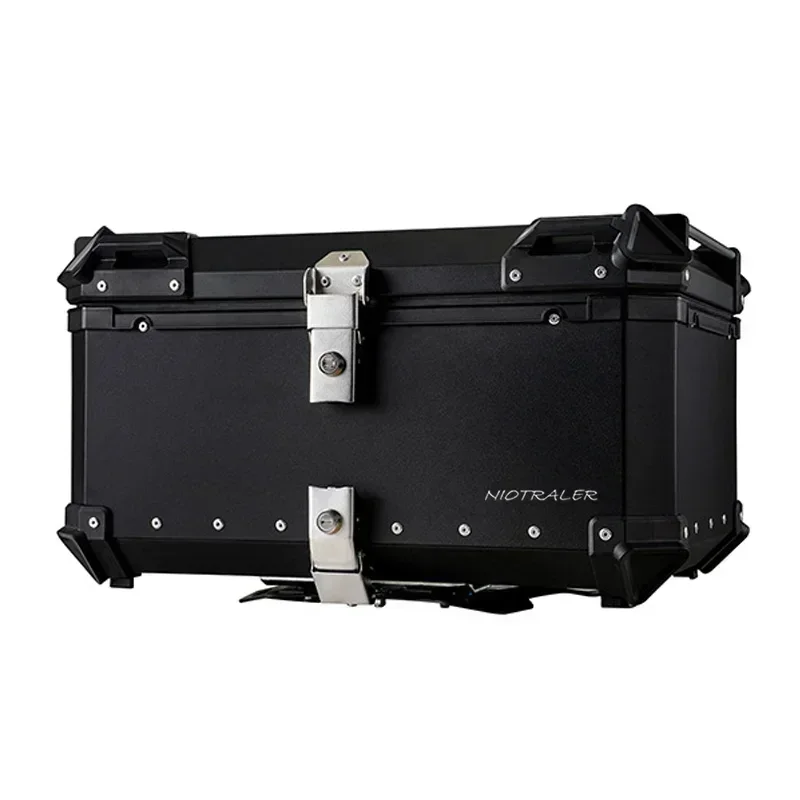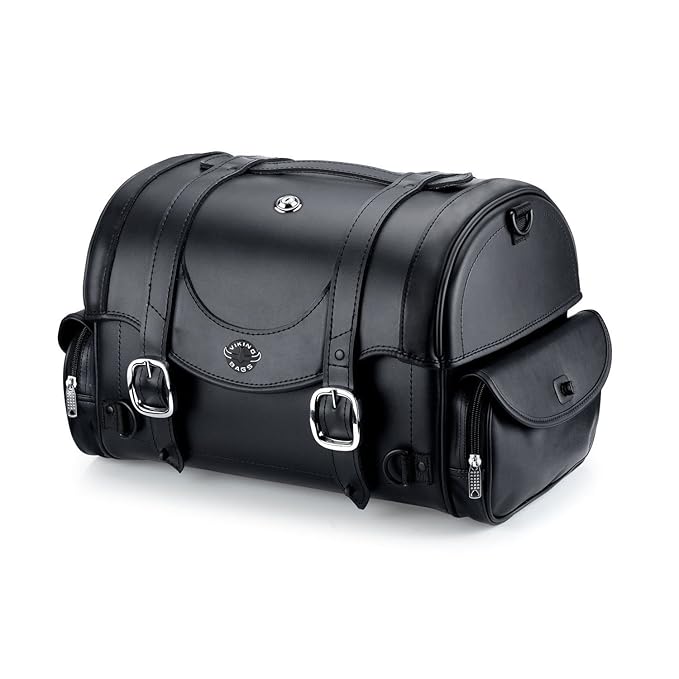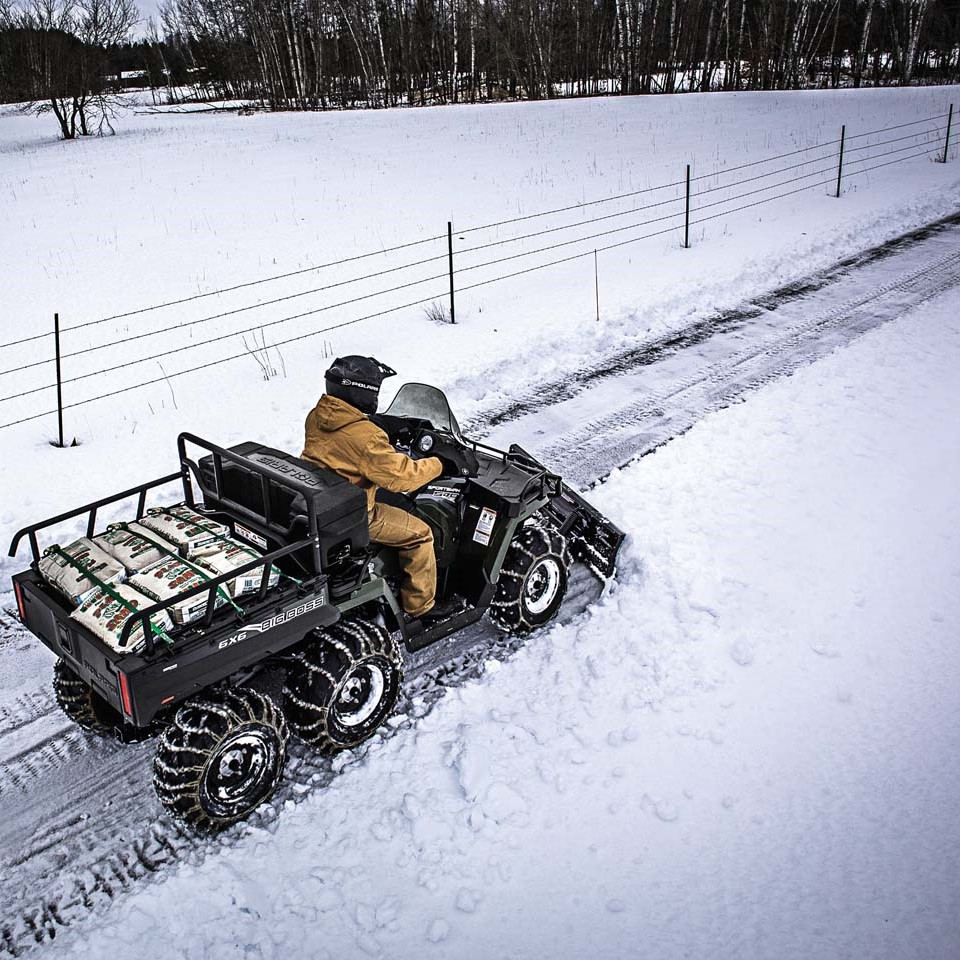The Hayabusa motorcycle, manufactured by Suzuki, has long been a legend in the world of high-performance motorcycles. Renowned for its blistering top speed and exceptional engineering, the Hayabusa has captivated the hearts of motorbike enthusiasts and speed lovers alike. But what exactly is the top speed of a Hayabusa motorcycle, and why does it hold such a pivotal place in motorcycle history? This in-depth exploration will unravel the key factors that contribute to its astonishing velocity and why those numbers are more than just figures on a speedometer.
History and Evolution
Delving into the history and evolution of the Hayabusa motorcycle provides context for its top speed achievements.
Origins and naming
Introduced in 1999, the Suzuki Hayabusa was named after the peregrine falcon, the fastest bird that can reach speeds over 200 mph. This nomenclature was both symbolic and literal, as the motorcycle aimed to achieve record-breaking speeds. The first-generation Hayabusa immediately set new benchmarks for top speed and performance.
Milestones and generational improvements
Over the years, the Hayabusa has seen several iterations, each incorporating technological advancements to push the envelope further. The second generation, introduced in 2008, featured a larger engine and refined aerodynamics, bumping up both its speed and stability. Each iteration has consistently pushed the boundaries, ensuring the Hayabusa remains a leader in the hyperbike category.
Engineering Marvel
The engineering behind the Hayabusa motorcycle is a significant factor in its top speed capabilities.
Powerful engine
At the heart of the Hayabusa is its formidable engine. The first generation was equipped with a 1299cc, four-cylinder, liquid-cooled engine capable of producing 173 horsepower. The second generation saw an increase to a 1340cc engine, boosting its power output to approximately 197 horsepower. This immense power is a primary factor behind the Hayabusa’s breathtaking top speed.
Aerodynamic design
Aerodynamics play a crucial role in achieving high speeds, and the Hayabusa’s design is a testament to this. Its sleek, streamlined bodywork minimizes air resistance, allowing the bike to slice through the air effortlessly. The iconic curved lines and aerodynamic elements significantly reduce drag, contributing to its high-speed prowess.
Advanced suspension and braking systems
Handling such high speeds requires advanced suspension and braking systems. The Hayabusa comes equipped with state-of-the-art suspension that offers stability and control at high velocities. The braking system, featuring dual front discs and a single rear disc, ensures that the bike can decelerate safely and efficiently, even from top speeds.
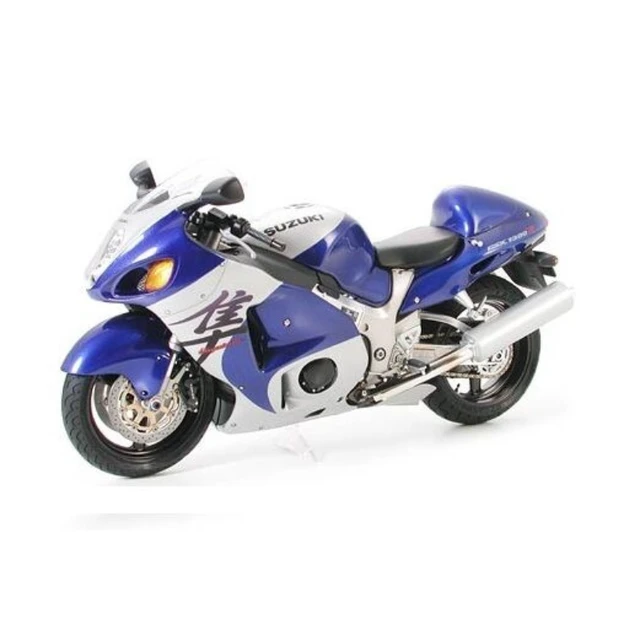 Top Speed Achievements
Top Speed Achievements
Understanding the actual top speed figures of the Hayabusa motorcycle provides clarity on its legendary status.
First-generation top speed
The first-generation Hayabusa stunned the world with its ability to reach a top speed of approximately 194 mph (312 km/h). This remarkable achievement made it the fastest production motorcycle of its time, earning it international acclaim.
Second-generation top speed
The second generation improved upon this, with a top speed estimated to be around 186 mph (299 km/h) due to an informal agreement among major motorcycle manufacturers to limit the speed of their production motorcycles for safety reasons. Despite this limitation, the Hayabusa remains one of the fastest motorcycles available.
Modified and unrestricted versions
For those seeking even greater thrills, modified and unrestricted versions of the Hayabusa exist. With professional tuning and modifications, enthusiasts have pushed these motorcycles to exceed 200 mph (322 km/h), showcasing the incredible potential of the Hayabusa when unshackled from factory limitations.
Technological Features
The technological features of the Hayabusa motorcycle contribute significantly to its top speed and overall performance.
Ride-by-wire throttle system
The Hayabusa’s ride-by-wire throttle system provides precise control over the engine’s power output. This system replaces traditional mechanical cables with electronic controls, ensuring smoother and more responsive throttle input, which is crucial at high speeds.
Suzuki Drive Mode Selector (S-DMS)
The Suzuki Drive Mode Selector (S-DMS) allows riders to select different power modes tailored to varying riding conditions. Whether prioritizing ultimate speed or seeking a more controlled and manageable ride, this feature ensures the Hayabusa delivers optimum performance in any situation.
Advanced digital instrumentation
The Hayabusa is equipped with advanced digital instrumentation that provides real-time data on speed, RPM, gear position, and other essential metrics. This information is crucial for riders to monitor and adjust their riding style to maintain control and safety at high speeds.
Traction control and ABS
Safety is paramount at high speeds, and the Hayabusa’s integrated traction control system and Anti-lock Braking System (ABS) work together to enhance rider safety. Traction control helps maintain grip by adjusting power delivery to the wheels, while ABS ensures stable braking even under extreme conditions.
Riding Experience
The riding experience of the Hayabusa is unmatched, blending speed with control and comfort.
Ergonomic design
Despite its high-performance capabilities, the Hayabusa’s ergonomic design ensures a comfortable riding position. The seat, handlebars, and footpegs are positioned to reduce fatigue, allowing riders to maintain control and comfort during prolonged high-speed journeys.
Responsive handling
The Hayabusa’s responsive handling is a result of its advanced suspension and lightweight construction. Even at top speeds, the motorcycle remains stable and agile, allowing for precise maneuvering and confident riding.
Enhanced wind protection
The aerodynamic design not only contributes to speed but also provides enhanced wind protection for the rider. The carefully crafted fairing and windscreen minimize wind blast, reducing rider strain and allowing for a more enjoyable high-speed experience.
Modifications and Customization
Enthusiasts often seek ways to modify and customize their Hayabusa motorcycles to enhance performance and style.
Performance enhancements
Common performance modifications include aftermarket exhaust systems, advanced fuel management systems, and engine tuning. These modifications can unlock additional horsepower and torque, pushing the top speed even further.
Aerodynamic upgrades
Aerodynamic upgrades, such as extended fairings and custom spoilers, can reduce drag and improve stability. These enhancements are popular among riders looking to maximize the aerodynamic efficiency of their Hayabusas.
Aesthetic customizations
Aesthetic customizations, like custom paint jobs, graphics, and lighting solutions, allow owners to personalize their Hayabusa and make it a unique reflection of their style. While these modifications may not directly impact top speed, they contribute to the motorcycle’s overall appeal and individuality.
Hayabusa in Popular Culture
The Hayabusa’s top speed and iconic design have made it a fixture in popular culture.
Appearances in films and TV
The Hayabusa has made numerous appearances in films and TV shows, often depicted as the epitome of speed and power. Its striking design and performance capabilities make it a favorite choice for action-packed scenes.
Motorsport events
The Hayabusa has been a popular choice in various motorsport events, including drag racing and land speed competitions. Its top speed and acceleration make it a formidable competitor, and its presence adds excitement to any race.
Influence on motorcycle enthusiasts
The Hayabusa’s influence extends beyond its performance metrics. It has inspired a passionate community of motorcycle enthusiasts who appreciate its engineering excellence and performance. Owners often participate in meetups, rallies, and club events, forming a close-knit community.
Comparing Hayabusa to Other Superbikes
Comparing the Hayabusa to other superbikes highlights its unique features and advantages.
Top speed comparisons
When compared to other superbikes like the Kawasaki Ninja H2 and the BMW S1000RR, the Hayabusa’s top speed remains competitive. Each of these motorcycles has its strengths, but the Hayabusa’s blend of brute power and refined engineering sets it apart.
Engine performance
The Hayabusa’s engine performance, characterized by its high displacement and significant horsepower, provides a distinctive riding experience. While other superbikes may feature advanced turbocharging or lightweight designs, the Hayabusa’s raw power and reliability are its defining attributes.
Riding experience
The overall riding experience of the Hayabusa, combining speed, stability, and comfort, differentiates it from its competitors. While other superbikes may focus on track performance, the Hayabusa remains versatile for both high-speed runs and everyday riding.
Environmental Considerations
Modern iterations of the Hayabusa incorporate environmental considerations to balance performance with sustainability.
Emission standards
The latest Hayabusa models are designed to meet strict emission standards without compromising performance. Advanced fuel injection systems and catalytic converters help reduce harmful emissions, making the motorcycle more eco-friendly.
Fuel efficiency
Despite its high-performance capabilities, the Hayabusa is engineered to optimize fuel efficiency. Technological advancements in engine design and fuel management ensure that riders can enjoy thrilling speeds while minimizing fuel consumption.
Sustainable manufacturing
Suzuki is committed to sustainable manufacturing practices, utilizing eco-friendly materials and processes in the production of the Hayabusa. These efforts contribute to reducing the overall environmental impact of the motorcycle.
Future Trends and Innovations
The future trends and innovations in the motorcycle industry promise exciting developments for the Hayabusa.
Electric and hybrid models
As the industry shifts towards more sustainable options, Suzuki may explore electric and hybrid versions of the Hayabusa. These models could offer instant torque and acceleration, combined with the iconic design and performance characteristics associated with the Hayabusa.
Advanced safety features
Future iterations of the Hayabusa could incorporate advanced safety features such as adaptive cruise control, collision detection, and enhanced rider aids. These innovations would enhance rider safety without detracting from the thrilling riding experience.
Smart technology integration
The integration of smart technology, including connectivity with smartphones and advanced onboard computers, could provide riders with real-time data, navigation assistance, and performance analytics. These features would enhance the overall riding experience and offer added convenience.
Conclusion: The Legacy of the Hayabusa
The top speed of the Hayabusa motorcycle is more than just a measure of velocity; it is a testament to engineering excellence, design ingenuity, and a relentless pursuit of performance. From its inception to its current iterations, the Hayabusa has consistently pushed the boundaries of what is possible in motorcycle engineering. Its top speed achievements, combined with advanced technological features, exceptional riding experience, and cultural significance, solidify its legacy as one of the most iconic superbikes ever produced. As the industry evolves, the Hayabusa continues to inspire innovation and captivate the hearts of speed enthusiasts worldwide.

